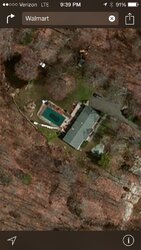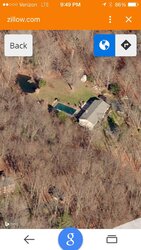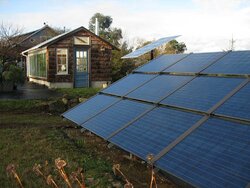I'm looking into option of getting solar panels since tax break is still going on and Im interested in improving my property in a green way.
The house roof is relatively flat gable, but oriented west/east. I have 3,5 acres and there is some land I can give up for panels. How far panels can be installed from the house? and does it affect performance if it's further from the house?.
The house roof is relatively flat gable, but oriented west/east. I have 3,5 acres and there is some land I can give up for panels. How far panels can be installed from the house? and does it affect performance if it's further from the house?.




